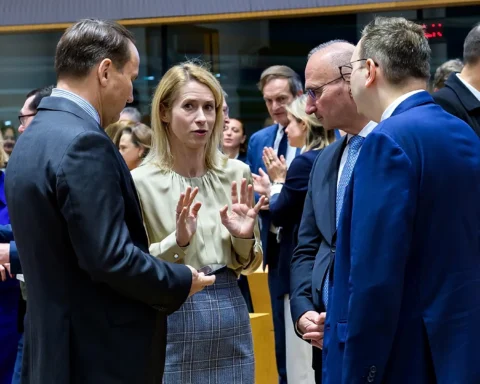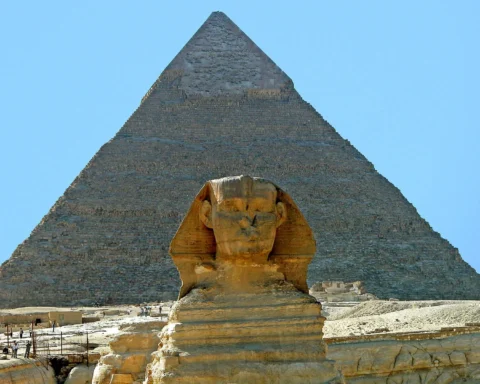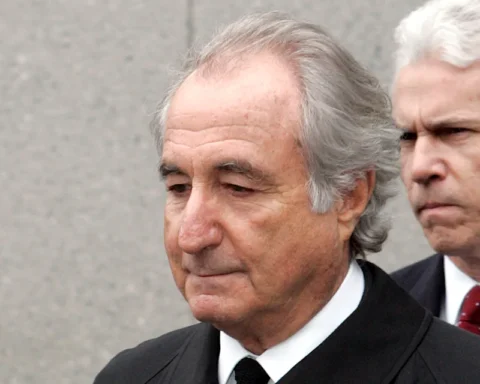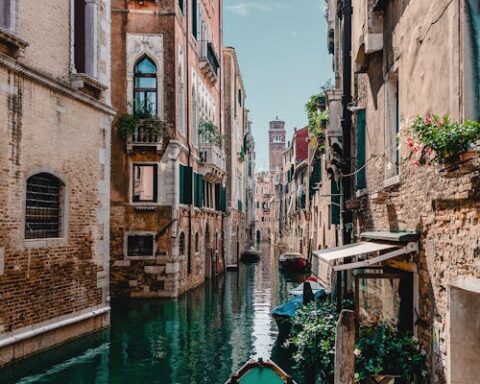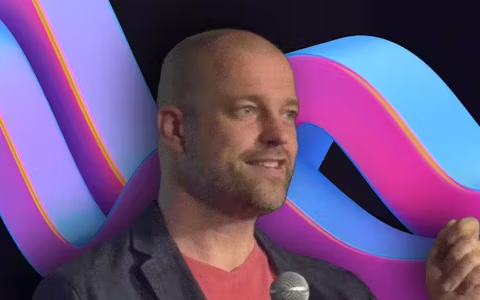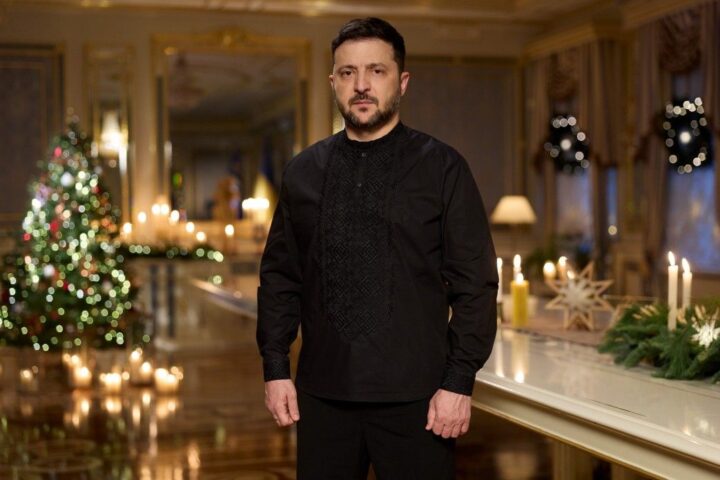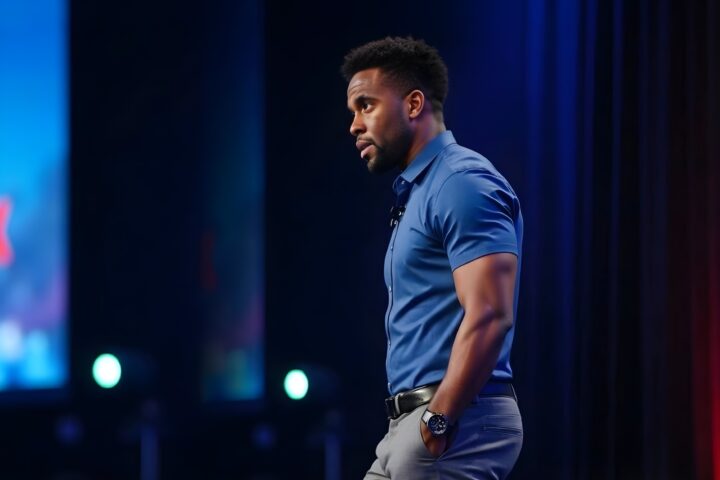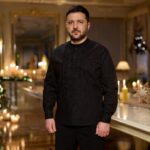European leaders are striking a tone of cautious optimism following the latest round of international discussions on the future of Ukraine, balancing hope for progress with awareness of the deep challenges that remain. As diplomatic channels expand and new proposals surface, the mood in European capitals is neither triumphalist nor resigned, but rather one of measured expectation that negotiations could, slowly, chart a path toward stability.
A Fragile Momentum
The recent talks, which involved both Western allies and intermediaries with ties to Moscow, signaled modest movement toward confidence-building measures. European officials highlighted discussions on humanitarian aid corridors, prisoner exchanges, and potential frameworks for local ceasefires. While none of these outcomes represent a comprehensive resolution, leaders described them as incremental steps that could reduce tensions and prevent further escalation.
German Chancellor Olaf Scholz noted that while “a breakthrough is not yet in sight,” the fact that parties remain engaged in dialogue is itself a constructive sign. French President Emmanuel Macron echoed that sentiment, emphasizing the importance of “keeping the doors of diplomacy open, even when progress is slow.”
Balancing Support with Realism
Europe has been one of Ukraine’s most steadfast supporters, providing billions in military aid, financial assistance, and humanitarian relief. Yet European leaders are acutely aware of war fatigue among their own populations and the growing cost of prolonged conflict.
By projecting cautious optimism, leaders are attempting to reassure both domestic audiences and international allies that diplomacy remains viable, even as the war shows no signs of immediate conclusion. “It is our duty to pursue peace without illusions,” remarked Italian Prime Minister Giorgia Meloni, “and to prepare for every outcome while hoping for the best.”
U.S. and NATO’s Parallel Track
The cautious tone also reflects coordination with the United States and NATO, both of which remain committed to Ukraine’s defense but wary of overpromising on diplomacy. Washington has signaled support for European-led initiatives, while NATO continues to stress deterrence and unity in the face of Russian aggression.
By maintaining cautious optimism rather than declaring major progress, European leaders avoid setting expectations that could be dashed if talks stall.
Ukraine’s Stance
For Kyiv, the diplomacy carries both opportunities and risks. President Volodymyr Zelenskyy has welcomed dialogue but insists that Ukraine’s sovereignty and territorial integrity are non-negotiable. Ukrainian officials have expressed appreciation for Europe’s diplomatic engagement but remain skeptical of Russia’s intentions, noting that past negotiations often masked preparation for further offensives.
Still, Ukraine’s government recognizes that keeping Europe actively invested in diplomacy helps sustain political support for continued aid and defense assistance.
The Road Ahead
Analysts warn that while the recent tone from Europe is encouraging, significant obstacles remain: Russia’s maximalist demands, Ukraine’s determination to regain occupied territories, and the complex web of global power interests. The optimism is therefore tempered with realism, as leaders acknowledge that a diplomatic breakthrough will likely be measured in years, not months.
For now, Europe appears committed to pursuing every diplomatic avenue while maintaining robust support for Ukraine’s defense. The cautious optimism may not reflect imminent peace, but it underscores a growing recognition that dialogue and pressure must work hand in hand to eventually bring the war to an end.









